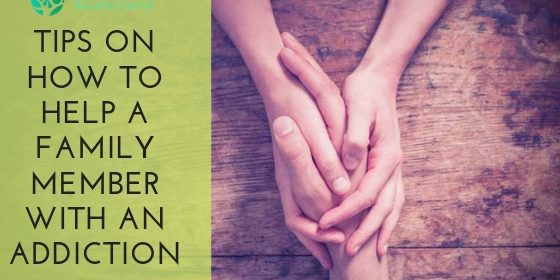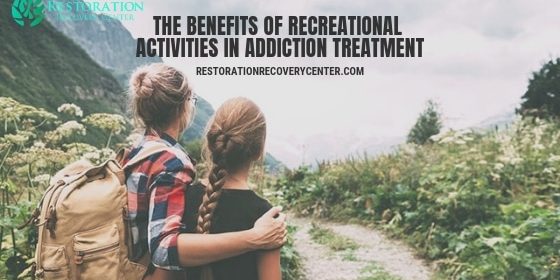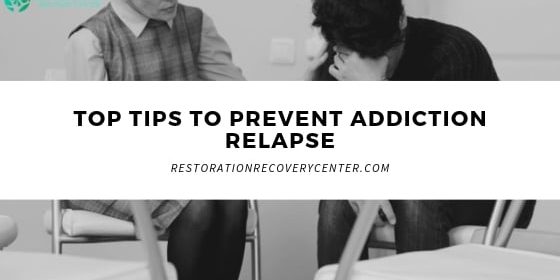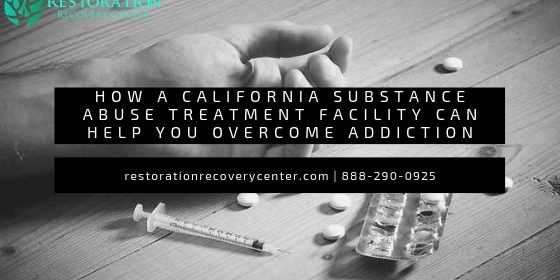Can Seasonal Affective Disorder Interfere With My Recovery?
With winter fully settled, you might find it difficult to complete tasks that used to be easy. You could have a harder time managing your mental health symptoms. It might be difficult to get out of bed, focus on projects, or push yourself to leave your house. If you notice that your mental health symptoms always decline around this time of year, you might have seasonal affective disorder (SAD).
What is Seasonal Affective Disorder?
SAD is a type of depressive disorder characterized by mood changes triggered by the changing of the seasons. There are two types of SAD: winter SAD and summer SAD. Winter SAD occurs when you experience depressive symptoms starting in the late fall or early winter that are relieved in the spring and summer months. Summer SAD occurs when you experience depressive symptoms during the spring and summer that are relieved by the fall and winter months.
Do I Have Seasonal Affective Disorder?
While only a certified mental health professional can diagnose you with SAD, understanding the signs and symptoms could help you better understand your depression. Many of SAD’s symptoms overlap with depression since it is a depressive disorder. However, SAD symptoms are only experienced or experienced more intensely for 4 to 5 months of the year. Some symptoms are more common with winter SAD while others are more common with summer SAD. According to the National Institute of Mental Health (NIMH), SAD symptoms include the following:
- Depressive symptoms for all or most of the day
- A loss of interest in activities you used to enjoy
- Being lethargic or low energy
- A sense of hopelessness or worthlessness
- Struggle with concentration
- Thoughts of death or suicide
- Oversleeping or hypersomnia (winter)
- Trouble falling asleep or insomnia (summer)
- Overeating and weight gain (winter)
- Loss of appetite and weight loss (summer)
- social withdrawal or wanting to hibernate (winter)
- Restlessness and agitation (summer)
- Anxiety and episodes of violent behaviors (summer)
For a mental health professional to diagnose you with SAD, you must:
- Experience some of the above symptoms
- Have depressive episodes during specific seasons for at least two consecutive years
- Suffer more frequent depressive episodes during the specific season than other depressive episodes you may have experienced
Risks and Causes of Seasonal Affective Disorder
Risk factors for SAD include biological and environmental factors. You are more likely to develop SAD if you already have other depressive or mood disorders, such as major depressive disorder and bipolar disorder. However, according to NIMH, other mental disorders that could put you at a greater risk of developing SAD include:
- Hyperactive attention deficit disorder (ADHD)
- Anxiety disorders,
- Panic disorder
- Eating disorders
There is also a genetic component to SAD, as it tends to run in families with histories of mental illness.
How Season Affective Disorder Affects Your Body
If you have SAD, your serotonin and melatonin levels are disrupted by seasonal changes. Your body’s daily rhythm and night-day cycle may also be thrown off. Due to the effect of vitamin D on SAD, you are more likely to develop winter SAD if you live in the Northern hemisphere, where daylight hours are shorter during the winter months. On the other hand, heat, humidity, and vitamin D make summer SAD more common as you get closer to the equator.
Treatment for Seasonal Affective Disorder
Management tools for SAD symptoms can restore your serotonin and melatonin levels and get your body’s rhythm back on track. According to NIMH, these treatments can help SAD:
Emotional Management
Psychotherapy and antidepressant medication fall into emotional management treatment. Since SAD affects your mood, emotions, and thoughts, cognitive-behavioral therapy (CBT) often improves symptoms. CBT focuses on changing unhealthy negative thoughts to improve your mood.
Antidepressants
If you have SAD, you may be prescribed SSRIs or selective serotonin reuptake inhibitors, which increase serotonin activity. These antidepressants uplift your mood by balancing the chemicals in your brain.
Physical Management
There are alternative treatments that can help when combined with psychotherapy and antidepressants. These treatments focus on the physical nature of SAD, whether that’s physically not receiving enough sunlight or becoming physically lethargic.
Light Therapy
In the 1980s, Dr. Norman Rosenthal of Washington developed SAD light therapy. During light therapy, you’re exposed to stimulated daylight to compensate for the loss of daylight in the winter. You can perform this treatment by sitting in front of a light box for 30 to 45 minutes.
Vitamin D
Since some people with SAD have vitamin D deficiencies, you can try taking a vitamin D supplement to improve SAD symptoms. However, a systematic review and meta-analysis in Nutrients show mixed results on the effectiveness of vitamin D in reducing SAD symptoms. Results are promising, though.
Winter Activities
Exercise can pump your body with endorphins, and nature has also been shown to boost mood. Consider combating your SAD symptoms by participating in winter activities such as ice skating, hiking, or snow tubing.
SAD is a common depressive disorder that can make it more difficult to manage your substance abuse during certain times of the year. Restoration Recovery Center can help you find tools to combat your SAD symptoms. We see our clients for the complex people they are and understand that you will need an individualized treatment plan specific to your recovery needs. Our mental health professionals will work closely with you to get to know you as a person instead of just a number. Then, we’ll offer treatments that mend your mind, body, and spirit. If you or someone you know is struggling with substance use, please call (888) 290-0925 to learn how we can help you achieve long-term sobriety.






